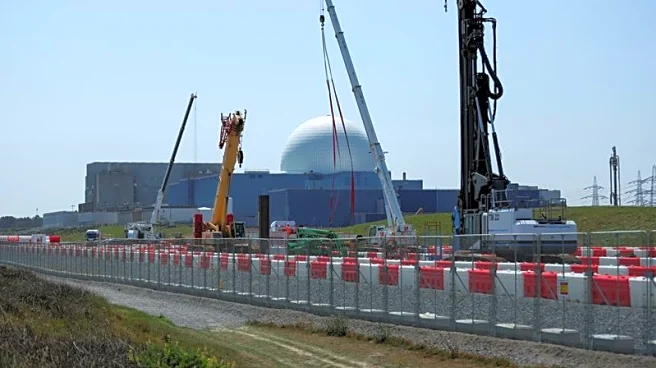What's Happening?
Mt. Hope Elementary School in Lansing, Michigan, has become the first U.S. building with an electrical system designed entirely by artificial intelligence. The AI-driven process, utilizing Augmenta's generative design tool, reduced design time by one-third and cut material waste by 15%. This innovation marks a significant step in the integration of AI in construction, promising more efficient building systems and enhanced functionality. The development is part of a broader trend where AI is reshaping infrastructure design, offering potential improvements in employee wellness through better lighting, air quality, and energy efficiency.
Why It's Important?
The use of AI in designing infrastructure represents a transformative shift in the construction industry, potentially reducing costs and production timelines while enhancing building functionality. This innovation could lead to healthier and more adaptable work environments, benefiting both employees and employers. As AI continues to evolve, its application in infrastructure design may drive significant improvements in workplace wellness and efficiency, positioning AI as a catalyst for future-ready environments. The successful implementation at Mt. Hope Elementary School highlights the potential for AI to revolutionize traditional design processes and contribute to sustainable development.
What's Next?
The integration of AI in infrastructure design is expected to expand, with more projects adopting AI-driven tools to enhance efficiency and functionality. As the technology matures, it may lead to broader applications in various sectors, including commercial and residential construction. Stakeholders in the construction industry, including architects and engineers, will likely explore new opportunities to leverage AI for innovative design solutions. This trend may also prompt discussions on the ethical and practical implications of AI in design, as well as the need for regulatory frameworks to ensure responsible use.












